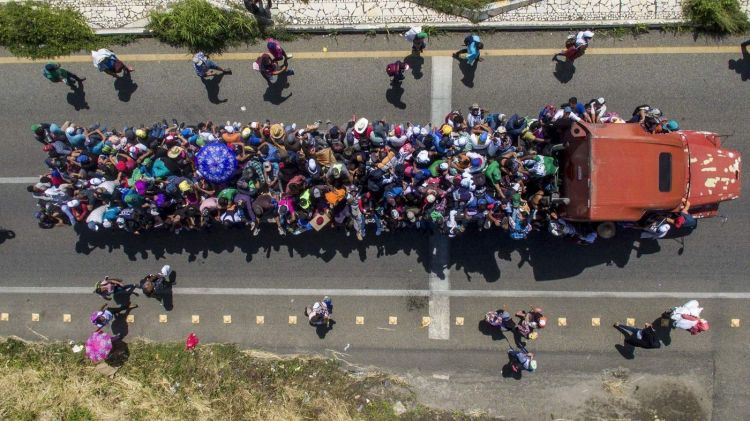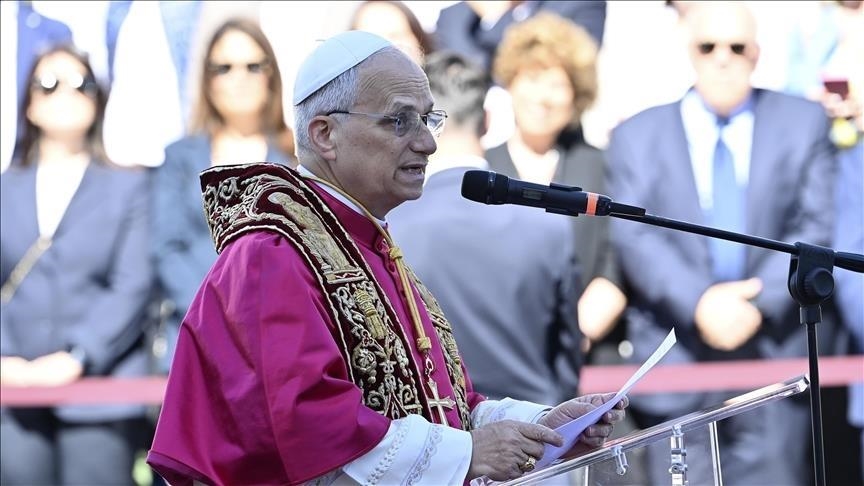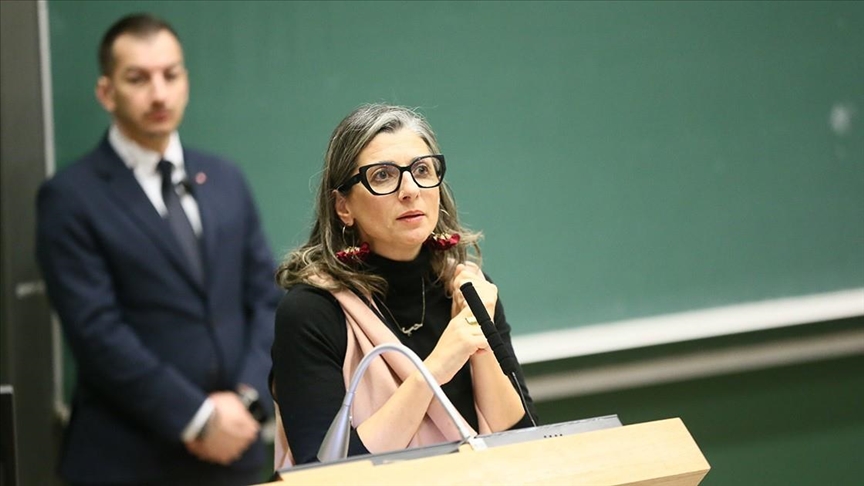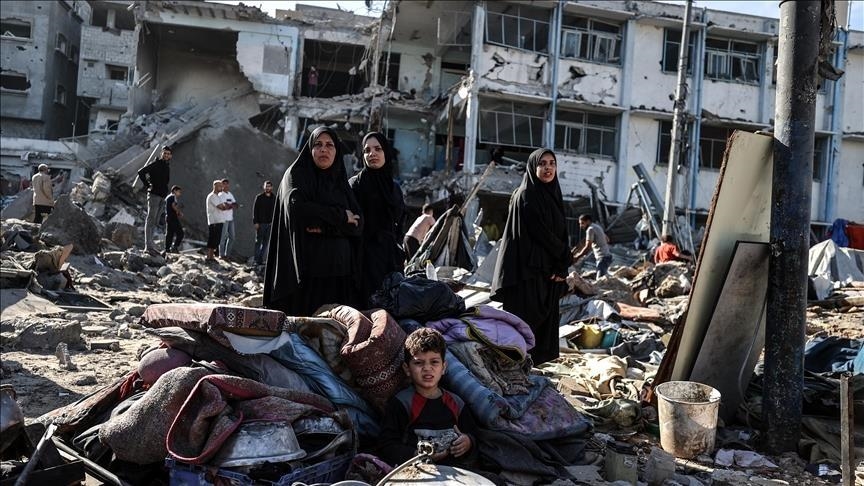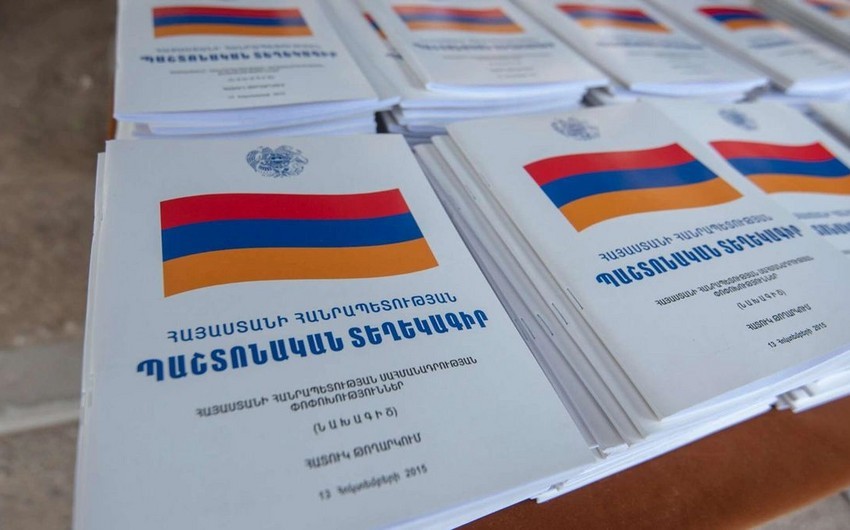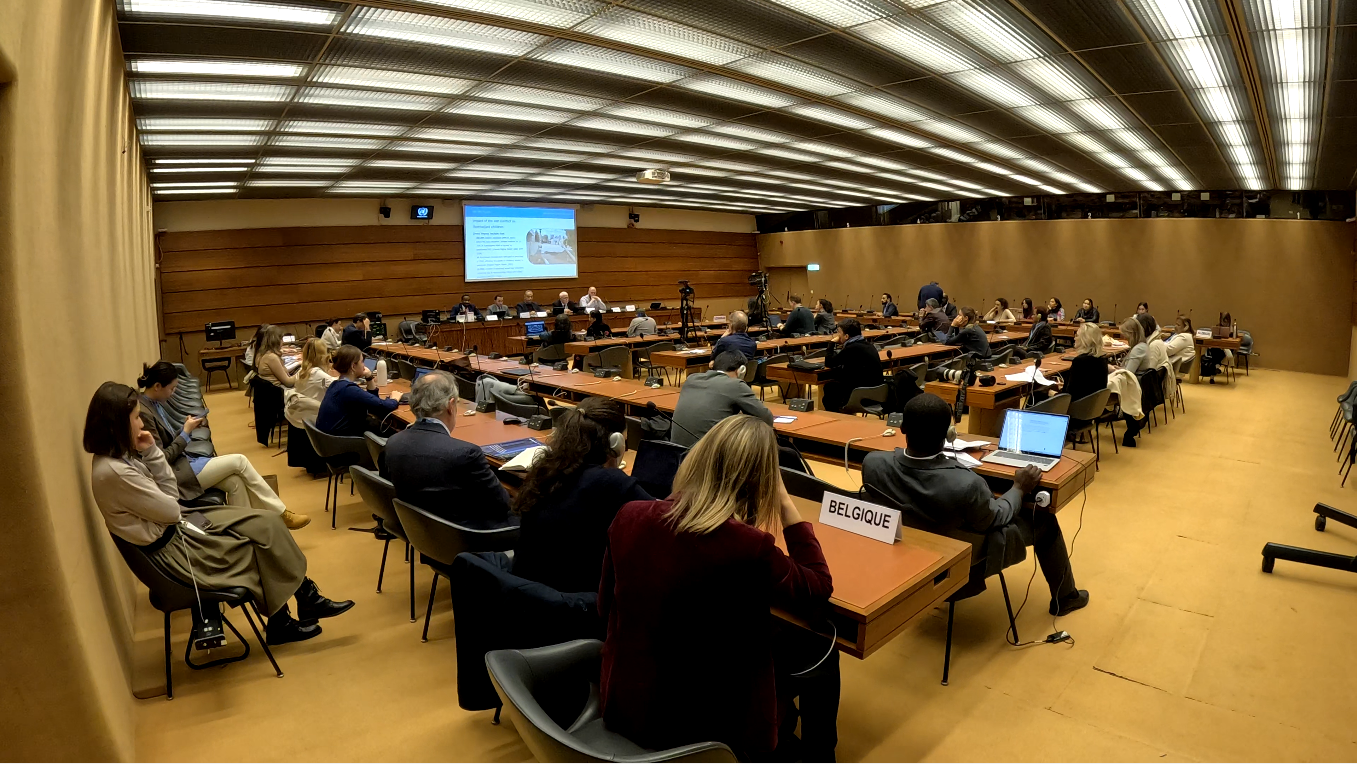The images convey a deepening U.S. immigration crisis: a two-mile-long stream of more than 7,000 Central American migrants marching into Mexico, heading north toward the United States.
President Trump has seized on the mass exodus, taking to Twitter to call it an “assault” on the southern U.S. border. Two weeks shy of the midterm election, he continues to characterize the border as out of control, threatening to send troops there and telling a crowd of supporters in Montana: “Remember it’s gonna be an election of the caravan.”
But is pressure on the U.S. border really getting worse?
Overall, illegal immigration has been at historic lows the last several years.
The U.S. government gauges trends in illegal immigration by looking at the number of people who are apprehended each year trying to cross the border. That figure climbed steadily from the 1970s through the 1990s, peaking at 1.64 million in fiscal year 2000.
It has dropped sharply since then, hitting 303,916 in 2017. Based on the first 11 months of this fiscal year — the most recent data available — the annual total was on pace to rise past 390,000. That would still be lower than all but four of the previous 45 years.
That’s because illegal immigration from Mexico has been falling.
Traditionally, the vast majority of people crossing the border illegally have been Mexican citizens. For decades, a booming U.S. economy pulled many Mexicans fleeing poverty.
They accounted for more than 99% of all people who were caught in the peak year of 2000.
But in recent years, increasing economic opportunity in Mexico has reduced clandestine immigration.
Another factor driving down the numbers is that women in Mexico have been having fewer children on average, reducing poverty rates and the motivation to seek work in the U.S. A beefed-up border enforcement presence is also thought to be a deterrent.
In 2016, Mexicans made up about 47% of people apprehended at the border, according to federal data provided to the Pew Research Center.
At the same time, illegal immigration from the Northern Triangle — Guatemala, Honduras and El Salvador — in Central America is far higher than it was a decade ago.
The number of migrants from these three countries rose from 45,709 in 2010 to a peak of 239,229 four years later, according to Pew. It has since dropped, hitting an estimated 163,000 last year.
But for the last two years, there have been more apprehensions of migrants from the Northern Triangle than from Mexico.
Record violence and political instability are the primary factors driving Central Americans to the United States.
The first big wave of migration from Central America occurred during the region’s civil wars of the 1980s. The U.S. helped fuel those wars, backing right-wing governments and rebel groups against what it saw as the threat of communism.
The biggest factor in the current exodus is gang violence, and once again U.S. policy has played a role.
In the late 1990s, the U.S. deported hundreds of early MS -13 and 18th Street gang members back to Central America, where they created offshoots and grew more powerful. As gang extortion and killings became prevalent, many people fled.
Many of these immigrants have surrendered to U.S. border officials and requested asylum, studies show. More migrants from the Northern Triangle asked for asylum in the U.S. between 2013 to 2015 than in the previous 15 years combined.
The current caravan is unusual for its size.
Migrant caravans from Central America are nothing new. People have long traveled in large numbers but away from public view and with not much fanfare.
Some have been organized to draw attention to the plight of Central Americans. They also offer migrants protection from rape, extortion and other dangers along the journey, as well as a way to get to the United States without hiring a smuggler for thousands of dollars.
At more than 7,000 migrants, the current caravan is the largest to date. It dwarfs the group of about 1,200 people that garnered extensive media coverage in the spring.
Many will probably not be granted asylum.
It’s perfectly legal to show up at a U.S. port of entry and request asylum. Getting it is another matter.
Migrants must first demonstrate to border officials a “credible fear” of persecution based on religion, nationality, political opinion or membership in a particular social group. It can take weeks and even months just to be allowed to enter the U.S. ports of entry for an interview, and encampments have sprung up along the southern border in the last couple of years.
Applicants who pass the interview must then make the case before an immigration judge. Decisions can take years because of a shortage of judges and an increase in cases.
Between fiscal years 2012 and 2017, immigration judges denied about 75% of the nearly 11,000 asylum cases brought by Guatemalan immigrants, according to the Transactional Records Access Clearinghouse, a Syracuse University project that collects immigration data. The percentage of denials was slightly higher for Salvadoran and Honduran asylum seekers.
The Trump administration has made the process even more difficult by ordering immigration judges to stop granting asylum to virtually all those claiming to be victims of domestic or gang violence, a move that could block tens of thousands of people from gaining permanent entry into the U.S.
Once they reach the border, some families in the caravan may be separated.
In May, the Trump administration announced a new “zero tolerance” policy to criminally prosecute every adult who enters the country illegally. The policy resulted in immigration officials separating migrant children from their parents.
That triggered widespread outrage, and in June the government scrapped the policy.
But that doesn’t necessarily mean family separations will end. Some lawyers for immigrants say the government has been taking children from their asylum-seeking parents by abusing a long-standing policy designed to protect children.
The government can take custody when the child is deemed to be in danger or an adult cannot prove he or she is related to the child. But lawyers say in court filings that in some cases immigration officials have been falsely making such determinations.
The Trump administration denies that and says it is acting only in the interest of the children.

